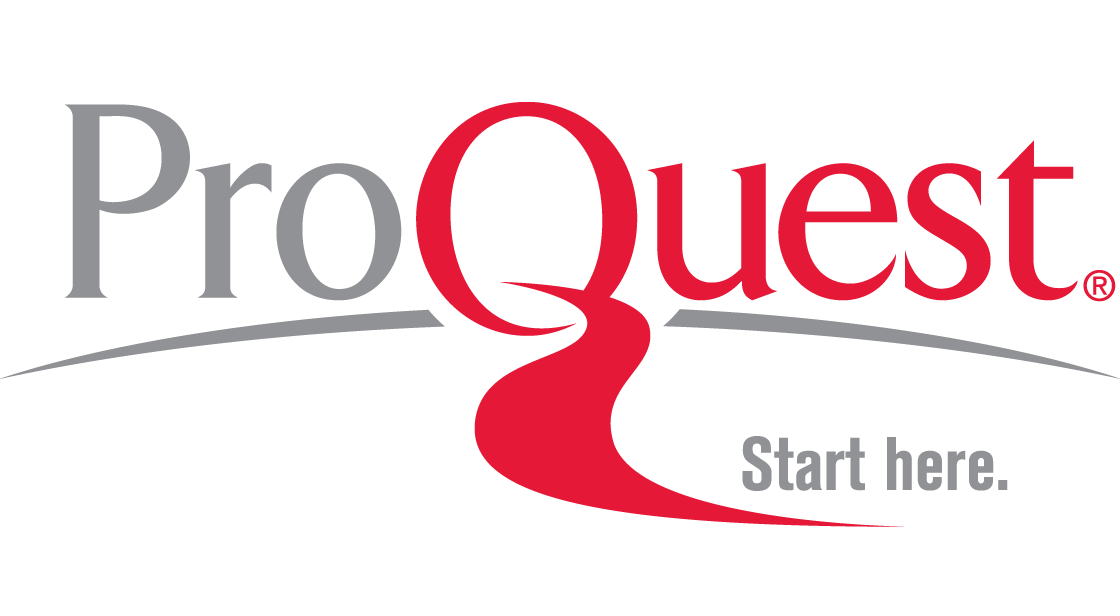Revenue Alterations of Shared Automated Mobility Services Integrated into Mobility as a Service
Abstract
The concept of mobility as a service (MaaS) is integrating mobility services and offering them to users via a single means. The introduction of shared autonomous vehicles (SAVs) and adaptation of revenue models must be tackled in the MaaS concept. As the scientific basis for this is incomplete, we forecasted the alterations in the revenue of SAVs after the integration into MaaS. We analyzed the existing revenue models used by shared mobility services and MaaS, and used a revenue model framework (RMF) to explore the possible sources of revenue. Our methodology contains the before-and-after analysis and considers the MaaS integration levels. The main findings indicate that MaaS takes over revenue sources from mobility service providers as the integration levels increase. Also, the commission paid to MaaS is a new cost for mobility service providers. Then, integrating SAVs into MaaS is beneficial if the revenue increase caused by number of trips outweighs the loss generated by the responsibilities taken by MaaS. Finally, the door-to-door SAV services exist in all integration levels, but feeder is only present at level 3. MaaS operators and SAV mobility service providers can use our findings during negotiations of contracts, and the integration process can be accelerated.







